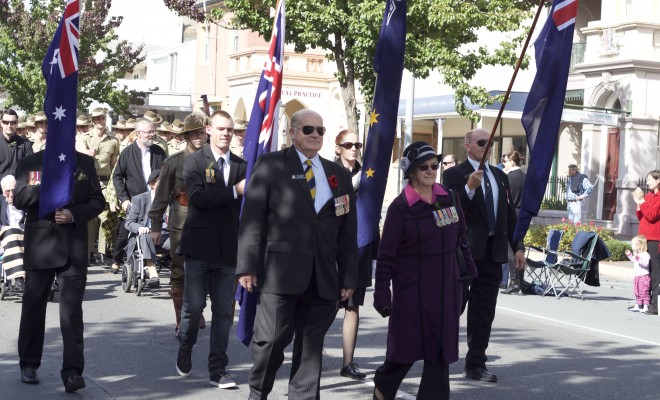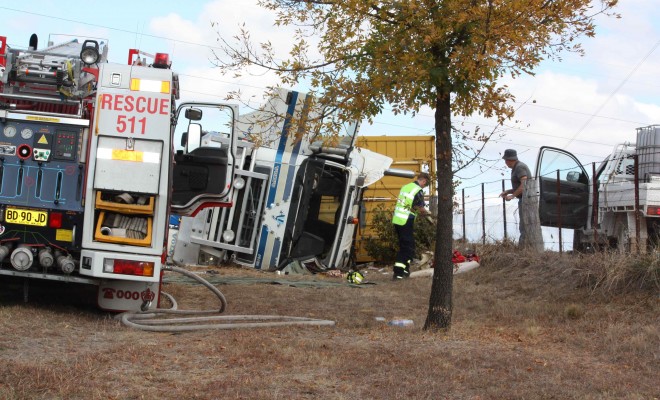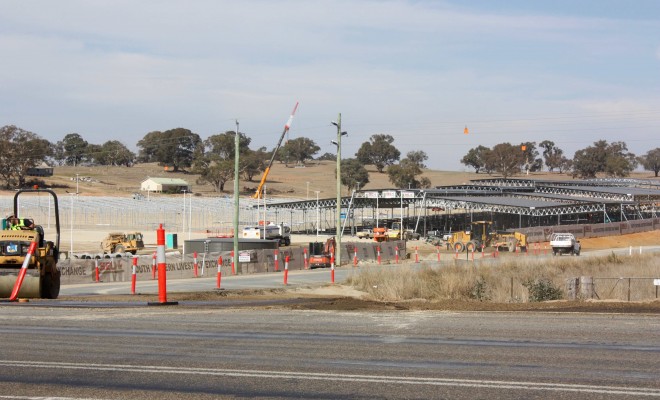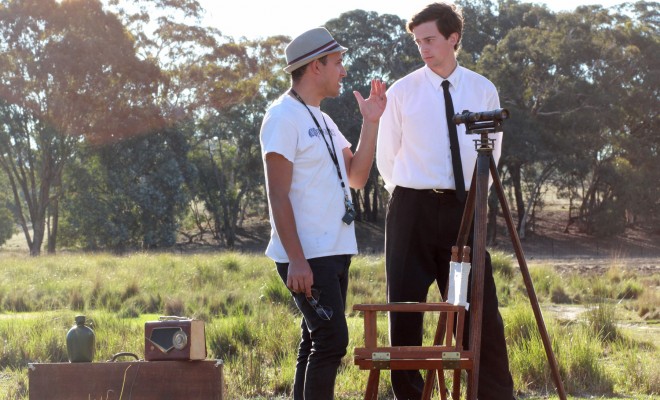
How does SRV address weak financial position?
LETTER TO THE EDITOR:
Dear Editor:
I find it very encouraging that the council is making a real effort to inform and consult with residents throughout the LGA regarding the proposed Special Rate Variation (SRV) and its impact on the council’s future as a standalone entity. I am, however, left with three questions.
The NSW Government’s Fit for the Future Report identified Yass Valley Council as not-fit largely because of a “weak financial position” and highlighted its backlog in asset maintenance, I congratulate the mayor for indicating that the bulk of the money would be spent on roads and bridges, but this still leaves the question of how the SRV will be used to address our weak financial position.
The Fit for the Future Report also noted that: “The assessment of Rural Councils as meeting the scale and capacity criterion is contingent on the Government adopting a Rural Council Model. This model is based on reducing the regulatory and compliance burden on Rural Councils, by the JO (Joint Organisation) performing most of the higher level functions of the Rural Council. If a Rural Council model is not adopted, it is likely that most Rural Councils would be assessed as not meeting the scale and capacity criterion, and as a result, not fit.”
Yass Valley Council was deemed to meet the scale and capacity criterion, but we have not heard what will be the significance for operations and staffing from the JO performing most of the high-level functions of the council.
Wouldn’t that just be amalgamation by another name?
Additionally, at the recent Yass Valley Business Chamber Breakfast the Hon Pru Goward MP made it very clear that if our application for an SRV is not approved by the Independent Pricing and Regulatory Tribunal (IPART) then we will be amalgamated.
I am left to ponder what the likelihood of the tribunal accepting our submission when this SRV is for 38.6 per cent over peg over four years, when our previous submission (which was deemed insufficient) was for 37.2 per cent over five years.
Finally, one argument that I have heard over and over is that it would not be in the best interests of Yass Valley to be part of a super council covering a very large geographic area that would be difficult to service and maintain.
Of course, no evidence has been put forward to support this assertion, which is itself quite ironic given that the Yass Valley Council itself was born of an amalgamation in 1980 (Gooradigbee Shire Council and Yass Municipal Council) and then grew by further amalgamation in 2004 (parts of Gunning and Yarrowlumla Shire Councils).
















2 Comments